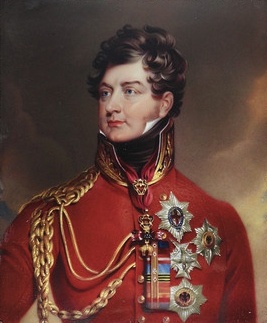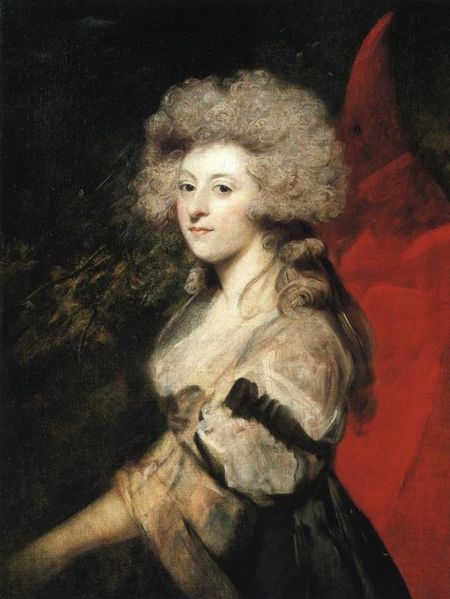With Valentine’s Day on the way, we wanted to highlight one of the most romantic jewelry trends of all-time: the “lover’s eye.”
"Lover's Eye" brooch. English, early 19th century. Victoria & Albert Museum.
These delightful and odd little jewels became popular for their role in the love affair between the future King George IV of England and his secret sweetheart, Mrs. Fitzherbert (shown below). After a faux suicide attempt failed to win the Mrs.’ affection, George sent her a locket containing a portrait of his eye, along with the note:
“P.S. I send you a parcel … and I send you at the same time an Eye, if you have not totally forgot the whole countenance. I think the likeness will strike you.”
Not long after the gift was received, Mrs. Fitzherbert and George were married in secret. Naturally, the new bride commissioned a portrait of her own eye for the Prince’s use. As the story of the royal couple’s romantic gestures spread, so did the vogue for eye miniatures set in jewelry.
Lover's Eye miniature c. 1830, Winterthur Museum.
Lovers’ eyes became popular during a time when upper-class marriages were more often about politics than passion, and taking an extramarital lover was not uncommon. The nature of these partial portraits made it difficult for nosey observers to discover the true identity of the sitter, and kept safe the secrets of clandestine couples.




